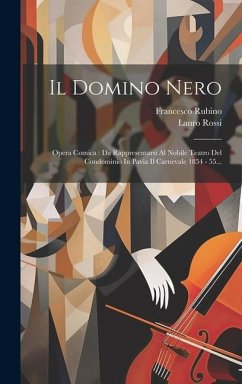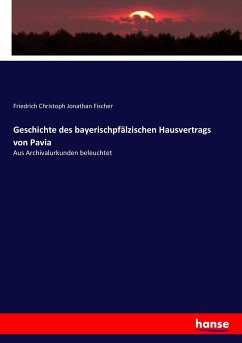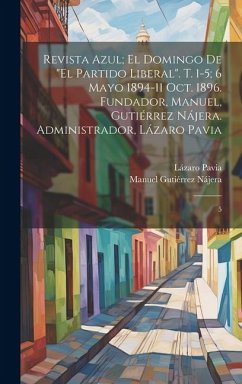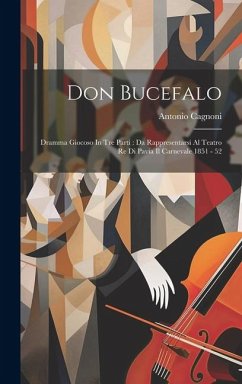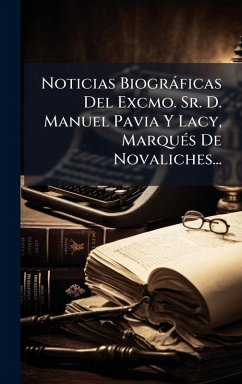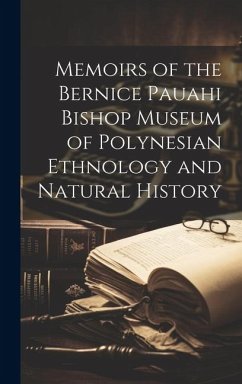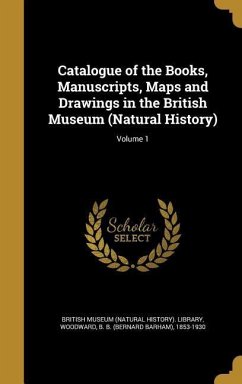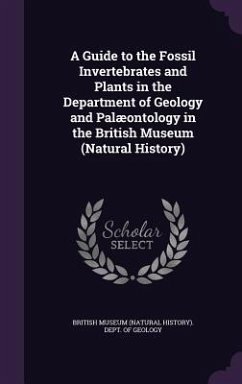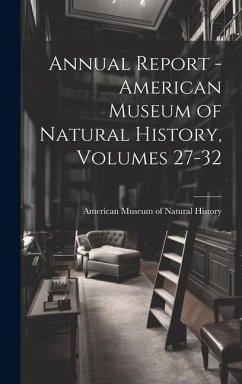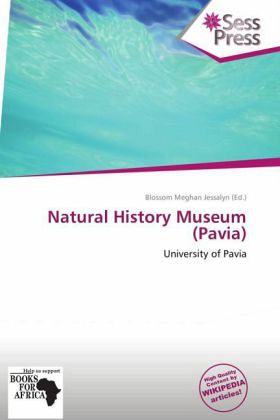
Natural History Museum (Pavia)
University of Pavia
Herausgegeben: Meghan Jessalyn, Blossom
Versandkostenfrei!
Versandfertig in 6-10 Tagen
32,99 €
inkl. MwSt.

PAYBACK Punkte
16 °P sammeln!
Please note that the content of this book primarily consists of articles available from Wikipedia or other free sources online. The museum was founded for didactic purposes by Lazzaro Spallanzani, a teacher of Natural History at the University of Pavia, in 1771. Particularities of the museum included minerals sent by the empress Maria Teresa of Austria. Collections were kept in the Central Palace of the University for more the one century. However, a new wing was added in 1778: Initially named 'Comparative Anatomy', the section was later renamed 'Mineralogy and Zoology' and contained instrumen...
Please note that the content of this book primarily consists of articles available from Wikipedia or other free sources online. The museum was founded for didactic purposes by Lazzaro Spallanzani, a teacher of Natural History at the University of Pavia, in 1771. Particularities of the museum included minerals sent by the empress Maria Teresa of Austria. Collections were kept in the Central Palace of the University for more the one century. However, a new wing was added in 1778: Initially named 'Comparative Anatomy', the section was later renamed 'Mineralogy and Zoology' and contained instruments that had belonged to the surgeon Antonio Scarpa: in those years the museum housed over 24.000 specimen.



